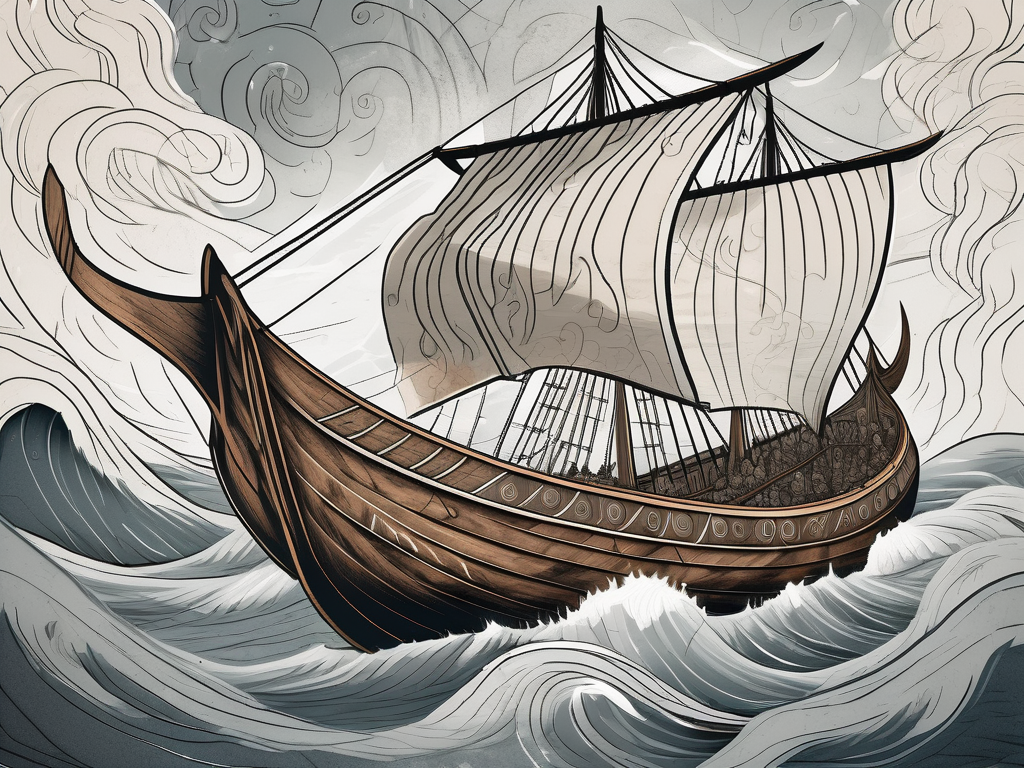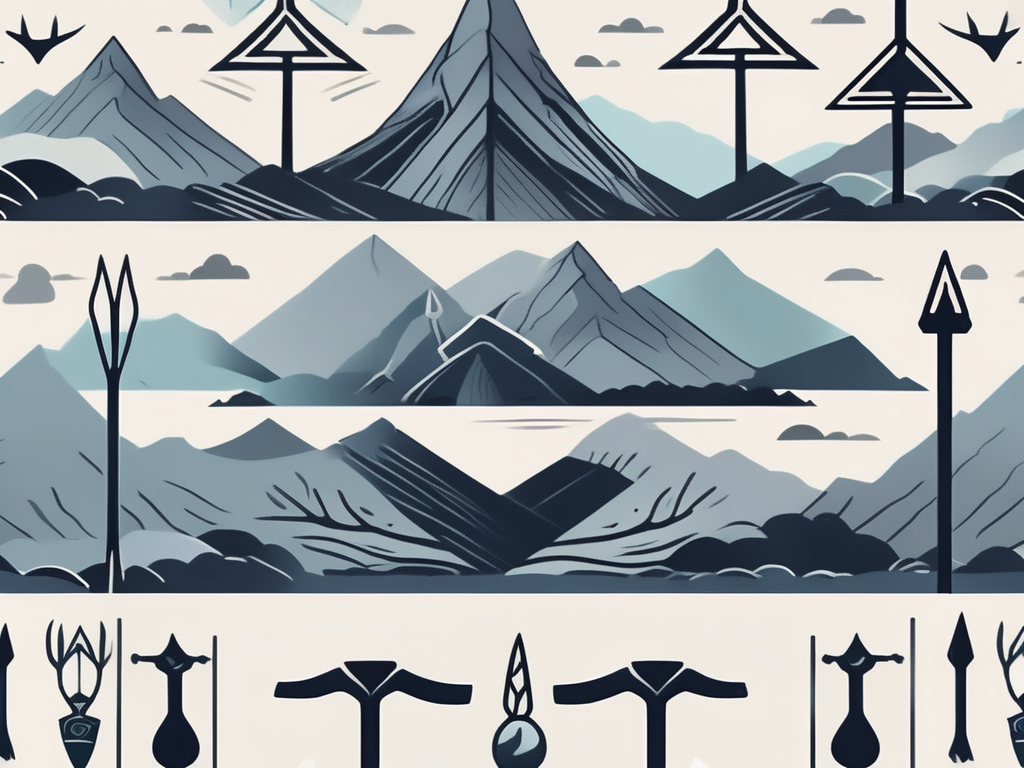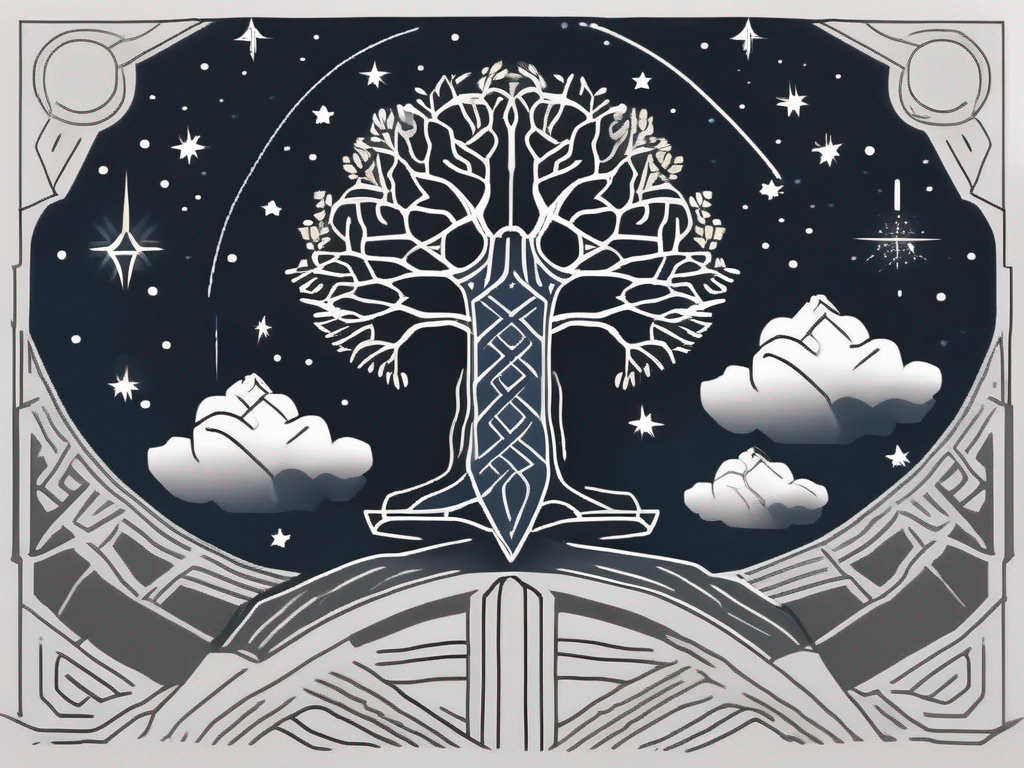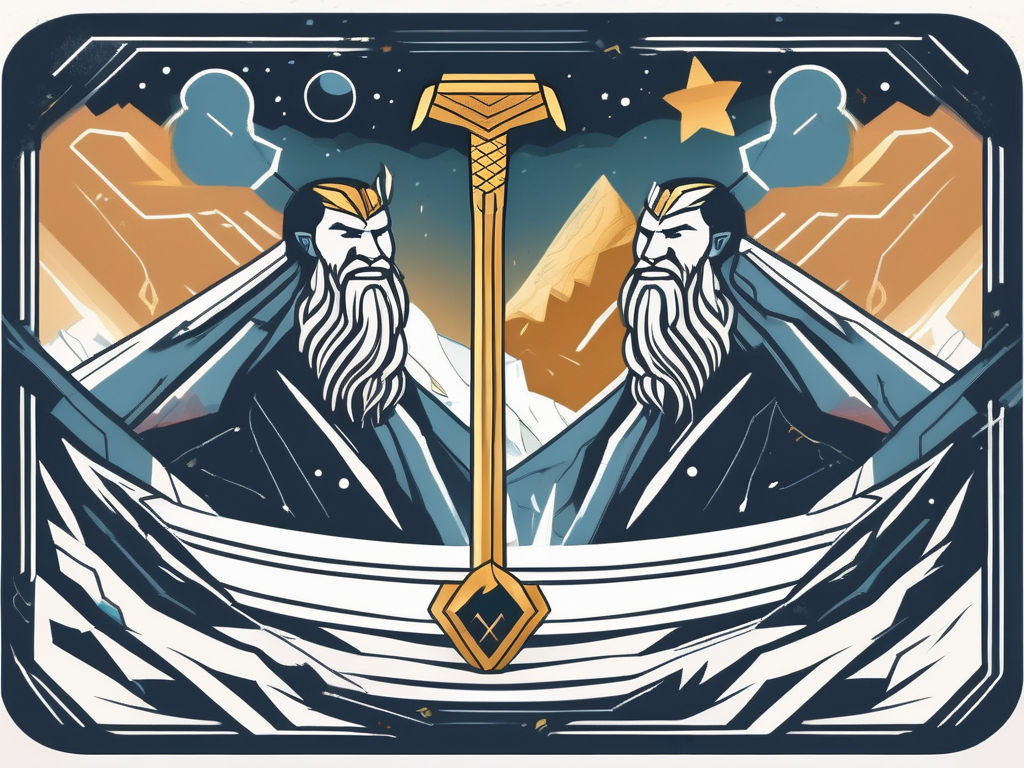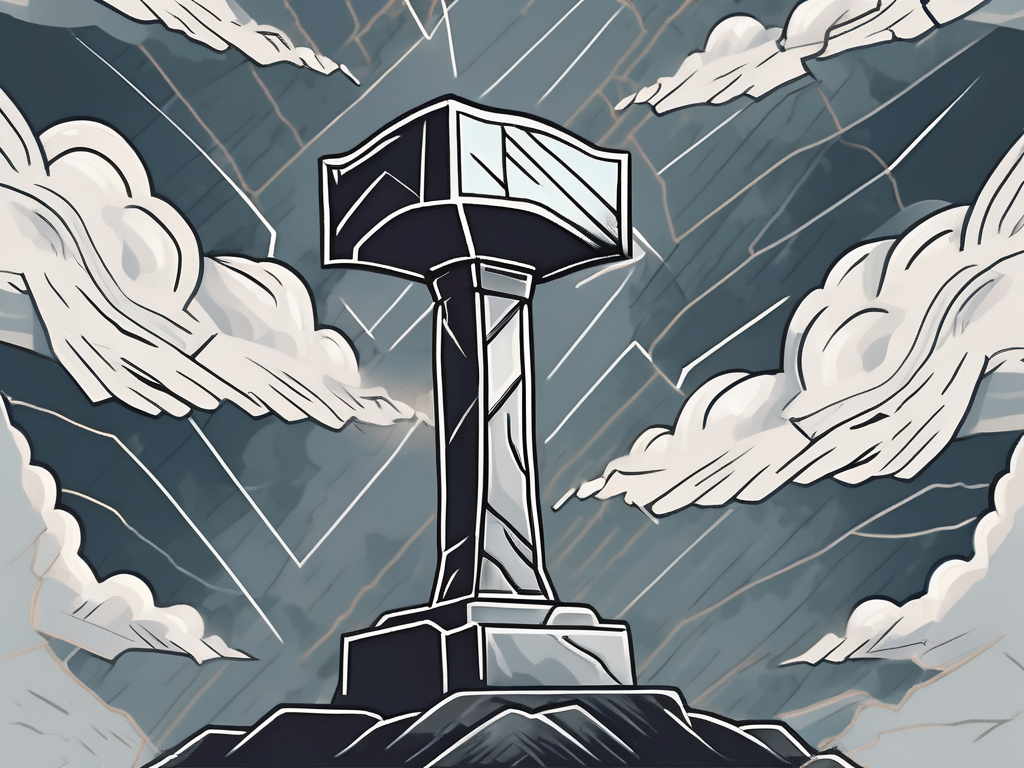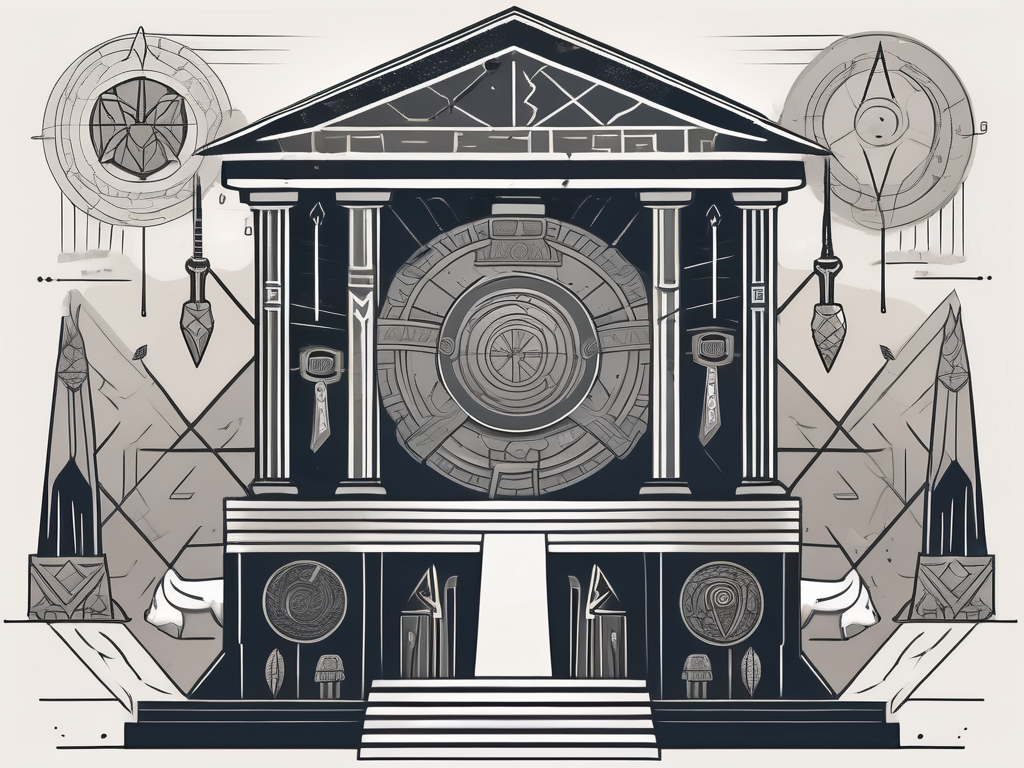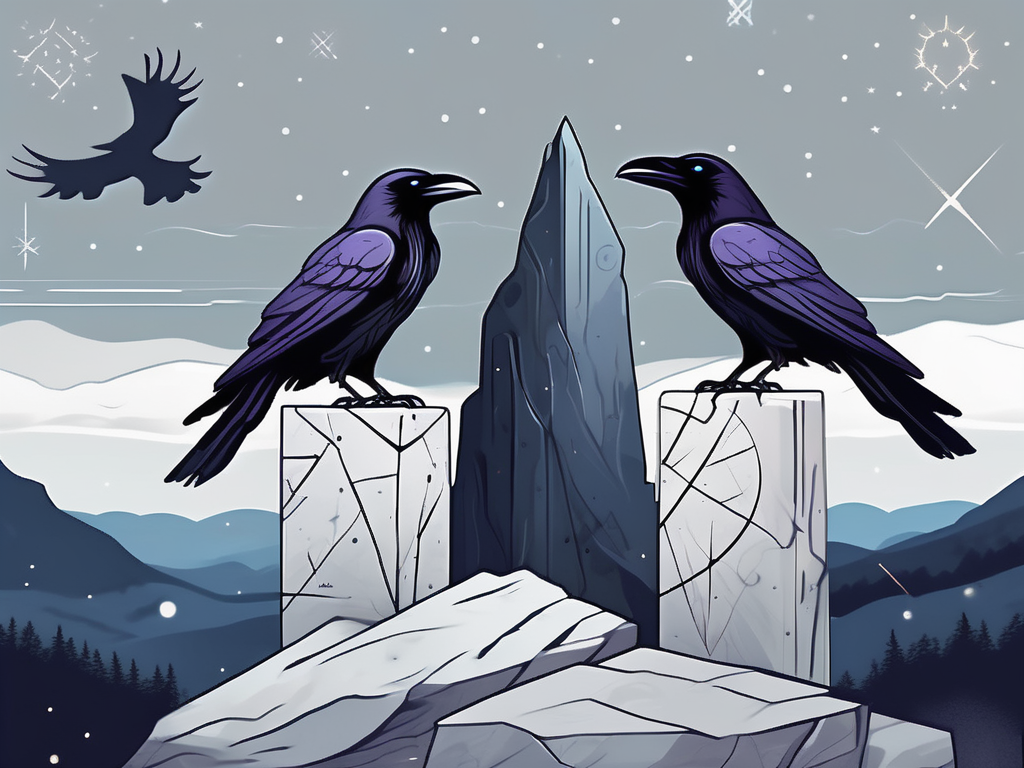Norse mythology is rich with captivating characters that have captured the imaginations of people for centuries. From powerful gods to mischievous tricksters, these figures play essential roles in the Norse pantheon. In this article, we will explore ten fascinating Norse mythology characters that you need to know. So, sit back, relax, and let’s delve into the enchanting world of Norse mythology!
Understanding Norse Mythology
Before we dive into the intriguing characters, let’s take a moment to understand the basics of Norse mythology. Originating from the ancient Vikings, Norse mythology encompasses a vast collection of stories, beliefs, and legends. It provides insights into the Viking culture, revealing their understanding of the world and their place within it.
The ancient Vikings, also known as Norsemen, were seafaring people from the Scandinavian region, including present-day Norway, Sweden, and Denmark. They had a rich and complex mythology that was deeply intertwined with their daily lives and worldview.
The Origins of Norse Mythology
Norse mythology has its roots in the pre-Christian religion practiced by the Scandinavian people during the Viking Age. It draws inspiration from ancient Germanic mythology and influences from other Nordic cultures. The stories were passed down through generations orally until they were eventually recorded in texts such as the Prose Edda and the Poetic Edda.
The Prose Edda, written by the Icelandic scholar Snorri Sturluson in the 13th century, is one of the most important sources of Norse mythology. It provides a comprehensive account of the Norse gods, their adventures, and the creation of the world. The Poetic Edda, a collection of Old Norse poems, also offers valuable insights into the mythological tales and the cultural context in which they were told.
The Importance of Mythology in Norse Culture
In Norse culture, mythology played a crucial role, shaping their understanding of the world and their daily lives. The gods and goddesses represented different aspects of existence and influenced various aspects of Norse society, including agriculture, warfare, and fertility.
For example, Odin, the chief god in Norse mythology, was associated with wisdom, war, and poetry. He was revered as the god of kings and warriors, and his guidance was sought in matters of leadership and strategy. Thor, the god of thunder and strength, was believed to protect the Norse people from their enemies and bless their crops with fertility.
Understanding the mythology allows us to grasp the fundamental values and beliefs of the Norse people. It reveals their deep connection to nature, their reverence for ancestral spirits, and their belief in a complex cosmology that encompassed multiple realms, including Asgard (the realm of the gods), Midgard (the realm of humans), and Helheim (the realm of the dead).
Moreover, Norse mythology provided a framework for moral and ethical behavior. The stories of gods and heroes served as cautionary tales, teaching the importance of honor, bravery, and loyalty. They also explored the cyclical nature of life, death, and rebirth, reflecting the harsh realities of the Viking Age.
Overall, Norse mythology is a treasure trove of fascinating tales and symbolic meanings. It not only offers a glimpse into the ancient Viking culture but also continues to captivate and inspire people around the world today.
The Pantheon of Norse Gods
The Norse pantheon consists of a diverse array of gods and goddesses, each with their own unique traits and characteristics. Let’s explore the two main clans within the Norse pantheon: the Aesir and the Vanir.
The Aesir, the primary gods in Norse mythology, are associated with power, war, and wisdom. These mighty deities hold great influence over the realms of gods and humans alike. The Aesir are led by Odin, also known as the Allfather, who presides over the pantheon as the king of the gods. Odin is often depicted as a wise old man with one eye, having sacrificed the other for knowledge. His thirst for wisdom is insatiable, and he is known to have made great sacrifices to gain knowledge of the cosmos.
Among the Aesir, Thor stands out as the mighty thunder god. Known for his immense strength and bravery, Thor wields his magical hammer, Mjölnir, to protect both gods and humans from the forces of evil. With each swing of his hammer, thunder roars across the sky, striking fear into the hearts of his enemies. Thor’s adventures are legendary, as he battles giants, trolls, and other creatures that threaten the realms.
The Vanir, on the other hand, represent another divine clan in Norse mythology. Associated with fertility, nature, and prosperity, the Vanir gods and goddesses bring balance to the pantheon. One of the most well-known Vanir deities is Freya, the goddess of love and war. Freya possesses great beauty and ferocity, with a deep connection to the realms of magic and divination. She is often depicted riding a chariot pulled by two large cats, symbolizing her connection to both the domestic and the wild.
While the Aesir are often associated with power and war, the Vanir represent the natural forces of the world and the interconnectedness of all living beings. Together, these two clans form the rich tapestry of Norse mythology, each contributing their own unique qualities to the pantheon of gods and goddesses.
The Major Characters in Norse Mythology
Among the numerous gods and goddesses in Norse mythology, several characters stand out for their importance and impact on the overall narrative. Let’s explore four major figures that are integral to the Norse pantheon.
Odin: The Allfather
Odin, also known as the Allfather, is the chief deity in Norse mythology. He represents wisdom, knowledge, and war. Known for his insatiable thirst for knowledge, Odin is said to have sacrificed one of his eyes to gain wisdom from the Well of Mimir, a mystical source of knowledge. This act of sacrifice demonstrates Odin’s dedication to acquiring knowledge and his willingness to endure pain for the greater good.
Odin’s quests for knowledge often lead him on grand adventures, shaping the fate of gods and mortals alike. He is associated with magic, poetry, and prophecy. Odin is also the ruler of Asgard, the realm of the gods, and is often depicted as a wise and authoritative figure.
Thor: The Thunder God
Thor, the beloved thunder god, is renowned for his strength and courage. He is the son of Odin and the earth goddess, Fjörgyn. With his trusty hammer, Mjölnir, he protects the realms of gods and humans from giants, trolls, and other foes.
Thor’s thunderous presence and striking appearance make him a favorite among both gods and mortals. He is often depicted as a muscular figure with flowing red hair and a beard. Thor’s hammer, Mjölnir, is a symbol of his power and is said to be capable of leveling mountains and causing thunderstorms.
Loki: The Trickster
No discussion of Norse mythology would be complete without mentioning Loki, the notorious trickster god. Loki is a complex character who often blurs the line between friend and foe. His mischievous nature often leads him from one chaotic situation to another.
Despite his mischief, Loki is also known for his intelligence and cunning, which occasionally benefit both gods and mortals. He is a shapeshifter and can take on various forms, allowing him to deceive others and manipulate events to his advantage. Loki’s unpredictable nature adds an element of unpredictability to Norse mythology, making him a captivating character.
Freya: The Goddess of Love and War
Freya, the multifaceted goddess of love and war, embodies both beauty and strength. She is one of the most powerful goddesses in Norse mythology and is associated with fertility, love, beauty, and war.
Freya is skilled in magic and possesses the power to shape destiny. She is often depicted as a beautiful and sensual figure, adorned with jewelry and surrounded by cats. Freya’s captivating presence and influential role make her a prominent figure in Norse mythology.
In addition to her role as the goddess of love and beauty, Freya is also associated with war and death. She is known to lead the Valkyries, a group of female warriors who choose the slain warriors to bring them to the afterlife. This dual nature of Freya showcases her complex character and the multifaceted aspects of her domain.
The Lesser-Known Characters in Norse Mythology
In addition to the well-known gods and goddesses, Norse mythology contains a plethora of fascinating characters that may not receive as much attention. Let’s shine a spotlight on a few of these lesser-known figures.
Heimdall: The Watchman of the Gods
Heimdall, the custodian of the gods, is tasked with guarding the mystical Bifröst bridge that connects the realms. With his keen senses and impeccable hearing, Heimdall remains eternally vigilant, ensuring the safety of the divine realms from any impending threats.
Baldr: The God of Light and Purity
Baldr, the god of light and purity, is beloved by all for his radiant nature and benevolence. However, a tragic prophecy foretells his demise, causing great distress among the gods. Baldr’s story brings themes of fate, tragedy, and the impermanence of even the most beloved figures.
Fenrir: The Monstrous Wolf
Fenrir, a monstrous wolf born of the trickster Loki, grows to incredible proportions and poses a great threat to the gods. Fearful of his potential destruction, the gods attempt to bind Fenrir, leading to a cataclysmic conflict that has a far-reaching impact on the Norse cosmos.
Jormungandr: The Midgard Serpent
Jormungandr, also known as the Midgard Serpent, is a massive sea creature that encircles the world, grasping its own tail. As a child of Loki, Jormungandr embodies chaos and represents the delicate balance between order and disorder in the Norse cosmos.
Hel: The Goddess of the Underworld
Hel, the goddess of the underworld, rules over a realm where the souls of the dead reside. With half of her body appearing living and the other half decaying, she is a symbol of duality. Hel’s presence in Norse mythology adds depth to the complex understanding of life, death, and the afterlife.
Now that you have been introduced to these ten fascinating Norse mythology characters, take the time to explore their stories further. Each figure offers unique insights into the complex tapestry of Norse mythology and the vibrant world of the ancient Vikings. So, embrace the enchantment, and let these captivating characters transport you to a realm of heroic endeavors, mythical creatures, and eternal intrigue!
